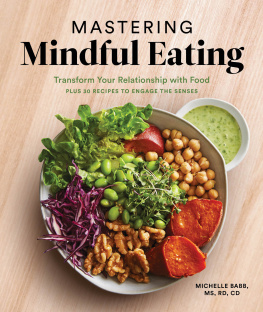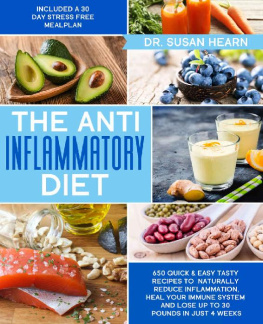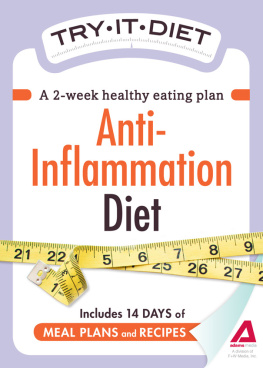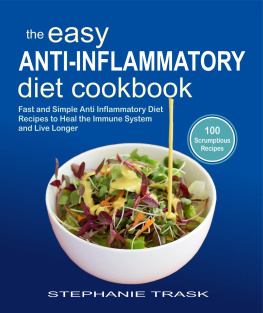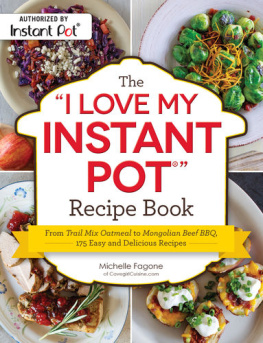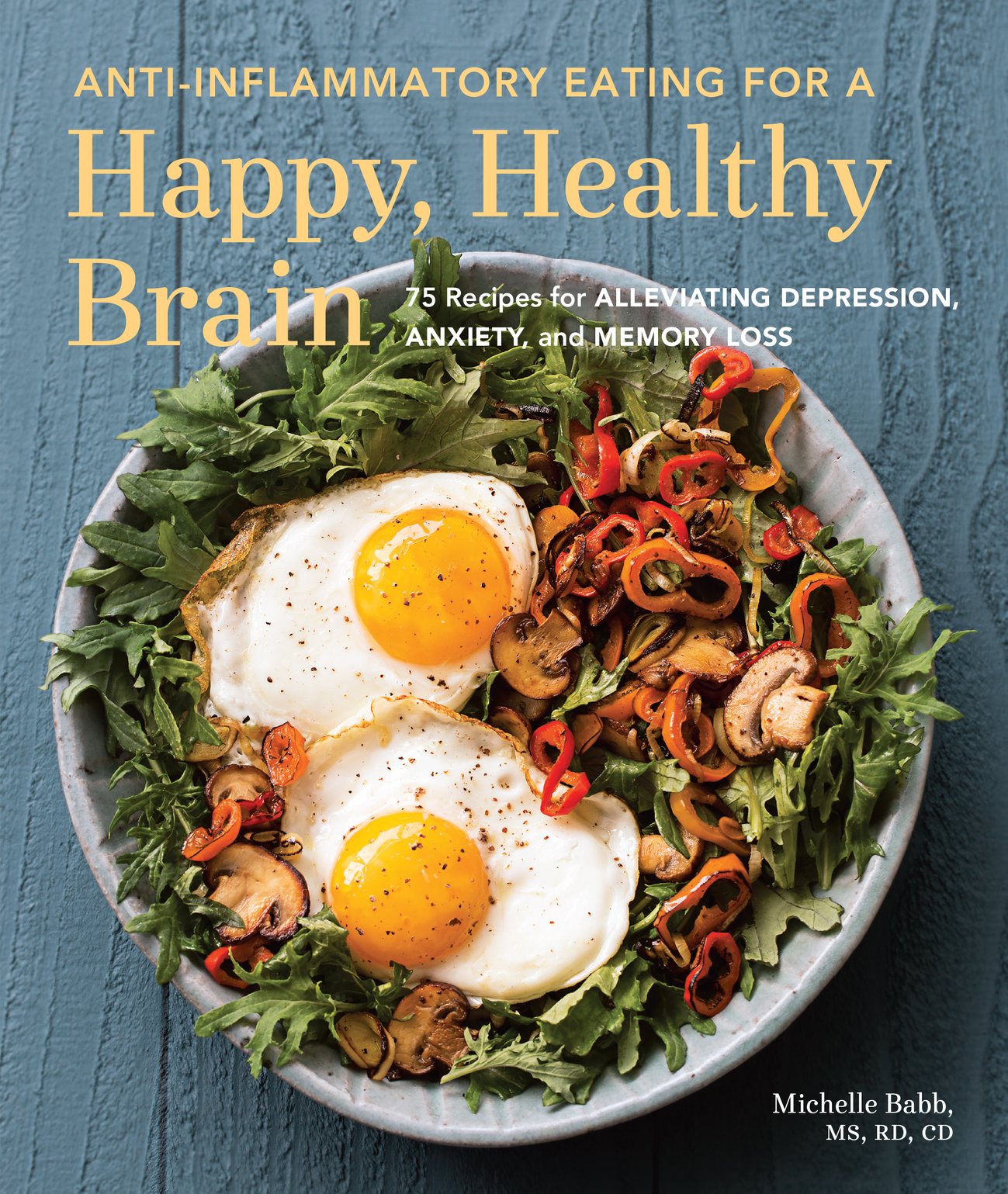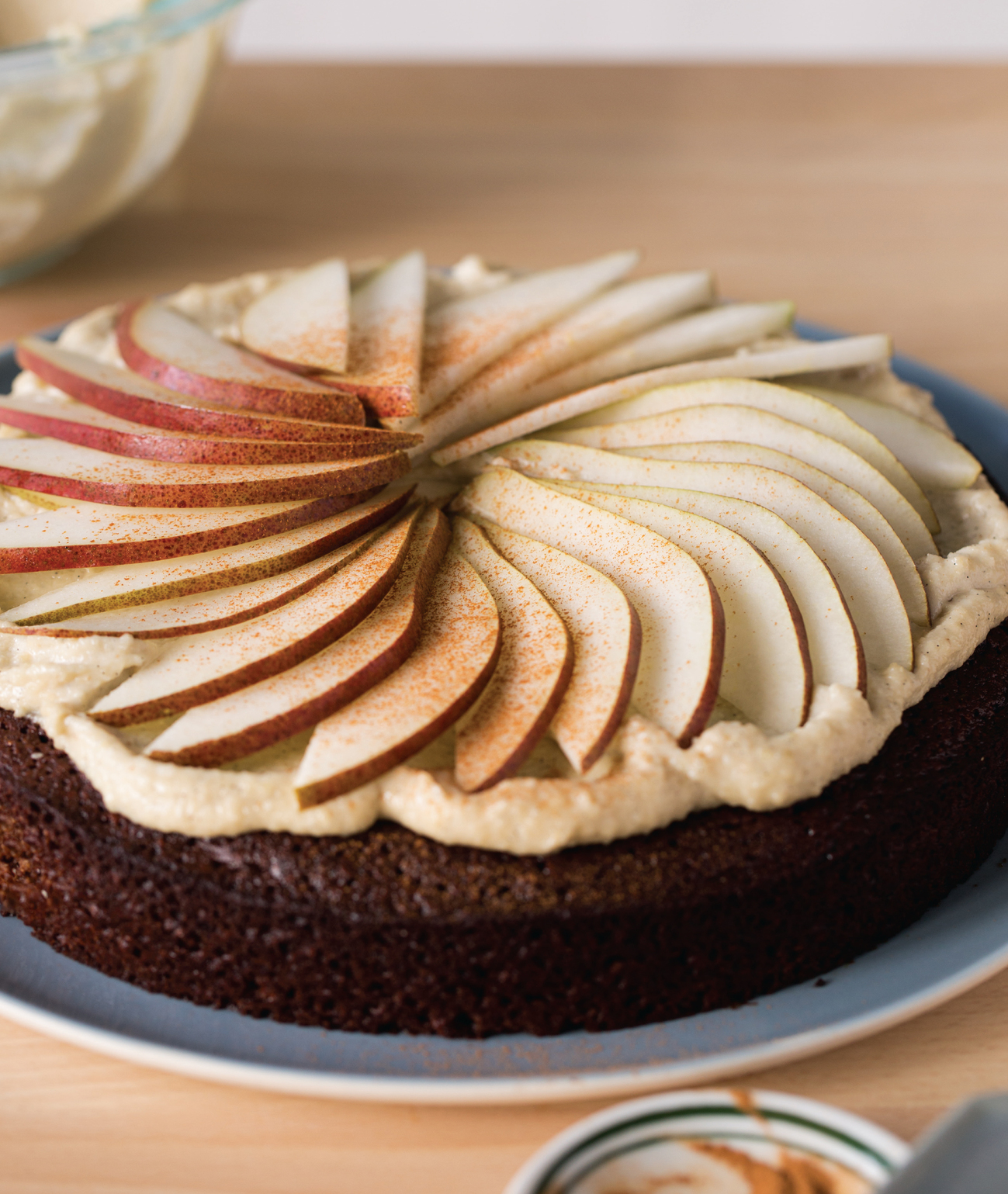Foreword


Rubor, calor, dolor, and tumorredness, heat, pain, and swelling; these were the terms that the Roman scholar Celsus used in the first century AD to describe what we now call inflammation. Most of us are very familiar from personal experience with the inflammation that occurs on our skin as a result of an injury or infection. We might also have personal experience with inflammation due to an injury to a joint or part of our body or as a result of arthritic changes. But the impact of inflammation is now seen to be much broader than the traditional view of redness, heat, pain, and swelling. It is now recognized that virtually every chronic disease, including heart disease, diabetes, cancer, and dementia, is associated with a state of systemic inflammation. Systemic inflammation means that it is found within the body and not as easily recognized by the traditional signs of redness and swelling. Heart disease has been found to be associated with inflammation of the heart and arteries. Diabetes is associated with inflammation of the pancreas and body fat. Dementia is associated with inflammation of the brain.
Where does this inflammation come from? Here is where the story gets very interesting and why a cookbook that is focused on producing an anti-inflammatory effect in the body is important. It has been determined that part of the origin of systemic inflammation is the way we eat. Eating too many calories, too much fat and sugar, white flour products, food allergens, food-borne chemicals, and bacterial contamination can all contribute to systemic inflammation and increase the risk of chronic disease. Before this happens, however, systemic inflammation may just make a person feel crummy. People with chronic systemic inflammation complain of symptoms of low energy, fatigue, sleep disturbance, foggy brain, and painful joints and muscles.
This is why the amazing Anti-Inflammatory Eating for a Happy, Healthy Brain is so important. Michelle Babb, who is a registered dietitian and has a masters degree in nutrition, is an expert in the use of food in the management of chronic systemic inflammation. Her years of experience in guiding her clients on dietary approaches to regain their health comes through loud and clear in this wonderful book. This is a how-to book that also addresses the why to in a very understandable and usable structure. This book represents a simple and easy way to implement an anti-inflammation lifestyle using food, nutrition, and diet as the guide. I have been in the field of medical nutrition for more than thirty years, and I find Anti-Inflammatory Eating for a Happy, Healthy Brain to be a trusted and well-documented source of information on how to use foods to create a healthy approach to reducing chronic inflammation.
For many readers this book will be very important in finding a path for improving brain health and reducing the risk of cognitive impairment. For others this book will represent a wonderful way to introduce tasty meals and vibrant foods into their lives to reduce the unnecessary burden of inflammation that results in chronic pain and risk of chronic disease. No matter what the specific motivation for reading this book might be, it will deliver an understanding of the relationship between your diet and inflammation and what to do about it that will stick with you for life.
JEFFREY BLAND , PhD, FACN, FACB, CNS
President, Personalized Lifestyle Medicine Institute
Author of The Disease Delusion
January 2016
Introduction
Theres a TV ad from the 80s that is permanently etched in my mind: A close-up shot of a frying pan with a puddle of sizzling butter, ominous music, and a voice-over that says, This is drugs. Pause. Then an egg gets cracked into the pan of hissing, bubbling grease, and the voice-over states, This is your brain on drugs. Any questions?



